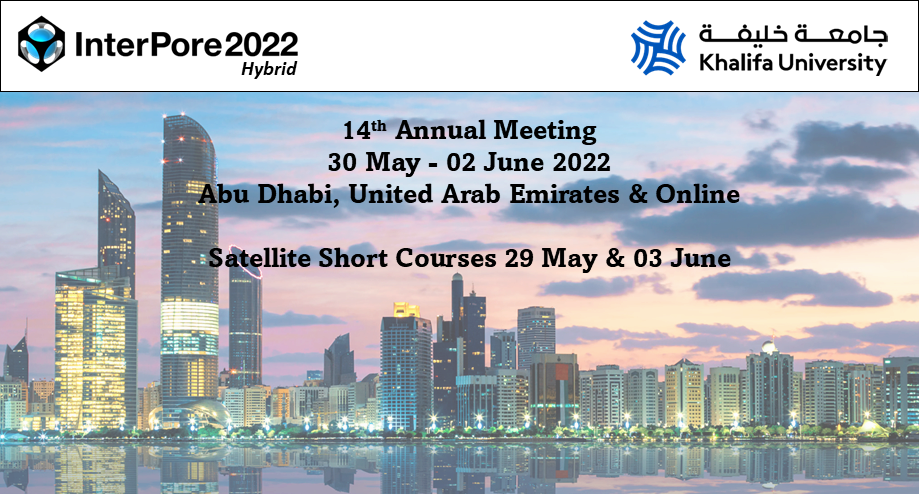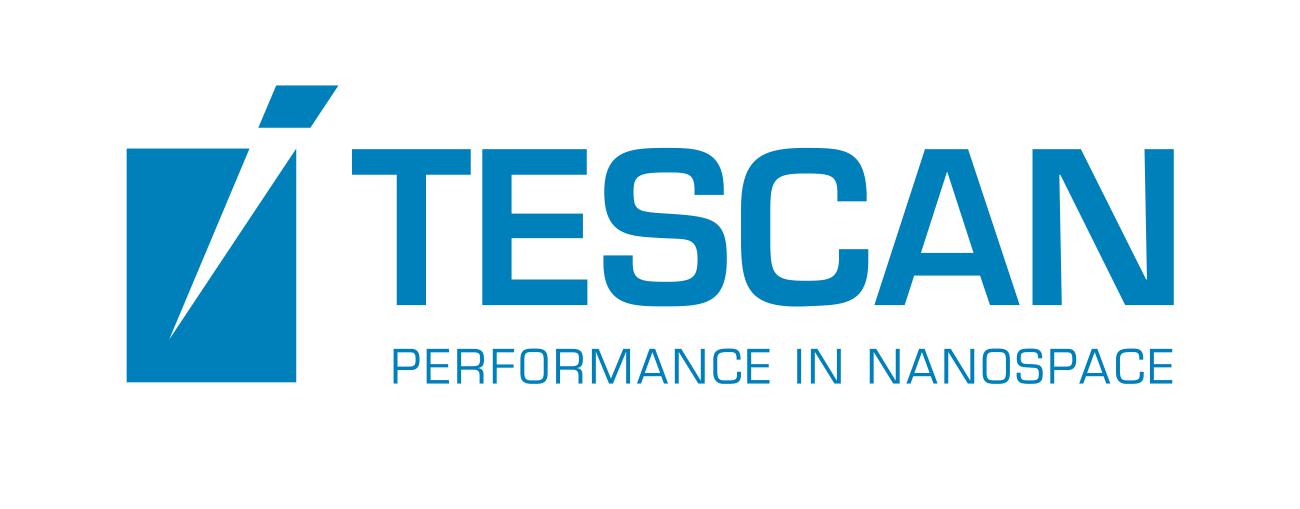PURPOSE
Typical pharmaceutical tablets are porous media made through the compaction of a powder blend that consists of a drug substance and excipients. Most tablets have to break up into smaller fragments when they come in contact with a physiological fluid to accelerate the release of the drug – a critical quality attribute of solid oral dosage forms. This break up is caused by the swelling...
In the context of pore network modeling of drying porous media, the pore structure of porous media is often assumed to remain stationary during the drying process. Based on this simplification, several studies have been conducted that resolve and also raise many interesting and important algorithmic and application questions. However, questions remain on how the pore structure of drying porous...
Wood exhibits complex anatomical features that make it hierarchically structred, heterogeneous, and anisotropic material. To obtain realistic predictions of drying behavior of intricate porous media as such by computational means, it is crucial to develop intraparticle models of transport phenomena that account for the spatial heterogeneity of the medium properties and directional anisotropy...
Super-absorbent polymers can form gels with polymer fractions less than 1% by volume when placed in water, with the water molecules being adsorbed by the hydrophilic polymer to form an elastic material known as a hydrogel. This water is not fixed in place: the polymer scaffold creates a porous structure through which it can flow to drive swelling and shrinking. Existing studies of the...
Hydrogels hold promise in agriculture as reservoirs of water in dry soil, potentially alleviating the burden of irrigation. However, confinement in soil can markedly reduce the ability of hydrogels to absorb water and swell, limiting their widespread adoption. Unfortunately, the underlying reason remains unknown. Here, we report the first direct visualization of hydrogel swelling within a...
Thermo-responsive hydrogels are a promising material for creating controllable actuators for use on micro-scale devices, because they expand and contract significantly (absorbing or expelling fluid) in response to relatively small temperature changes. Understanding the dynamic behaviour of such systems can be difficult because of the spatially- and temporally-varying properties of the gel, and...
We investigated in this work liquefaction of an outcrop, the Saltwash South (SWS) poorly consolidated sandstone, due to exposure to different solutions including fresh water, KCl- and NaCl-rich solutions. This sample is composed of 84% quartz, 5% feldspar and rock fragments, around 11% clay. Its porosity is around 30%, its density 1.8 g/cm3. It also has a Young’s modulus of 0.3 GPa and an...









